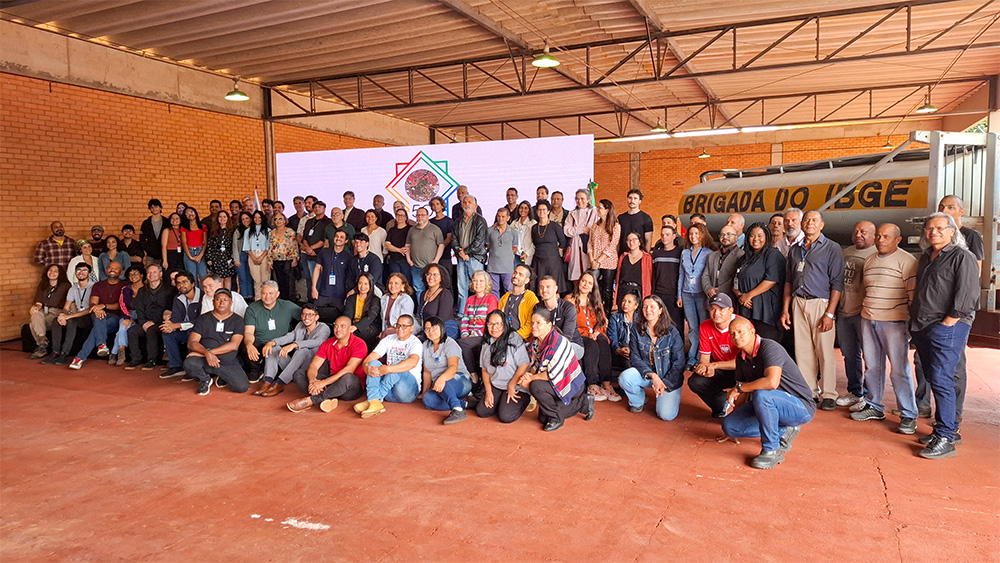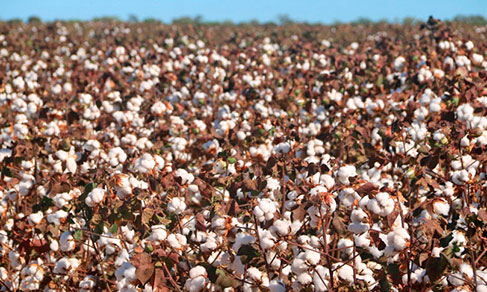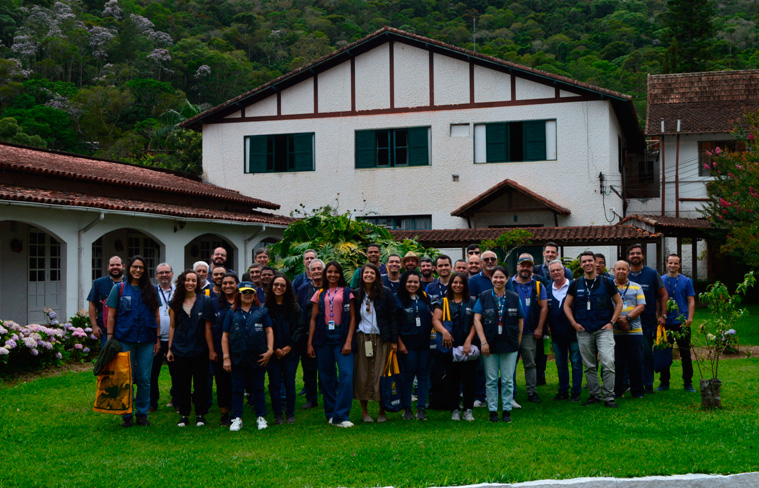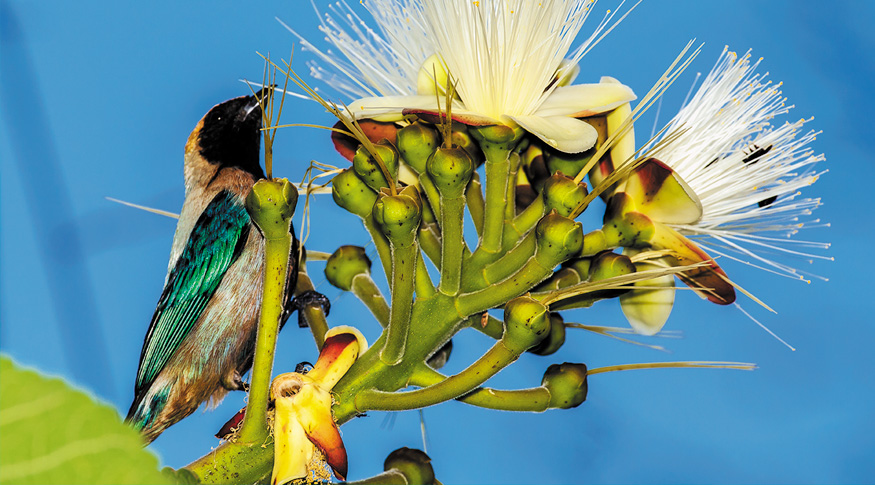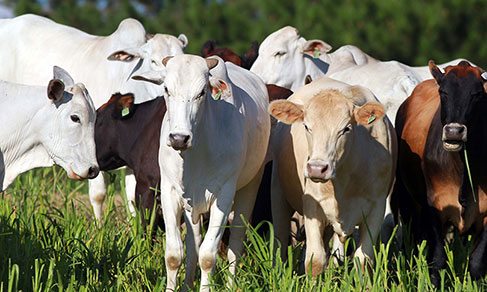Agricultural production
September´s estimate points to a record harvest of 341.9 million tonnes in 2025
October 14, 2025 09h00 AM | Last Updated: October 14, 2025 10h44 AM
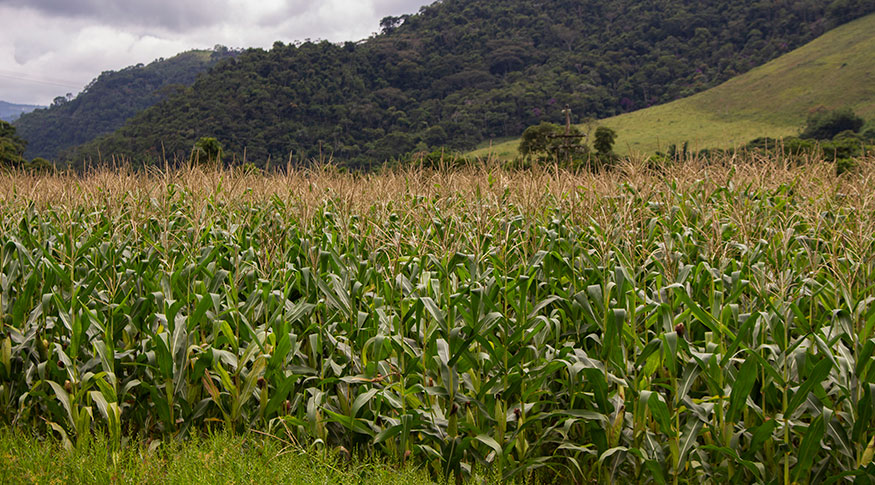
Released today (14) by the IBGE, the Systematic Survey of Agricultural Production (LSPA) shows that the national harvest of cereals, legumes and oilseeds is expected to add up to 341.9 million tonnes in 2025. This is a value 16.8% or 49.2 million tonnes greater than the harvest obtained in 2024 (292.7 million tonnes). In comparison with August, the estimate registered an increase of 0.2%, an increase of 660.9 thousand tonnes. The next release of the LSPA, on November 13, will bring the first forecast for the 2026 harvest.
The area to be harvested this year should be 81.4 million hectares, which represents a growth of 3.0% (2.4 million hectares more) in relation to the area harvested in 2024. Compared to the previous month, the area to be harvested expanded by 102.7 thousand hectares (0.1%).
“With the help of the beneficial weather during the summer harvest and the second harvest, a record grain harvest was reached. Another reason is that producers also expanded planting areas and invested more in crops because the prices of some products at planting time were attractive and had good profitability,” explains the LSPA manager, Carlos Barradas.
For soybeans, the production estimate was 165.9 million tonnes. As for corn, the estimate was 138.4 million tonnes (26.1 million tonnes of corn in the 1st harvest and 112.3 million tonnes of corn in the 2nd harvest). The production of paddy rice was estimated at 12.4 million tonnes; that of wheat at 7.8 million tonnes; that of upland cottonseed at 9.8 million tonnes; and that of sorghum at 5.0 million tonnes.
In relation to the 2024 harvest, there are increases of 10.6% for upland cottonseed; 17.2% for paddy rice; 14.4% for soybeans; 20.7% for corn (growth of 14.0% for 1st harvest corn and 22.4% for 2nd harvest corn); 24.8% for sorghum; 3.6% for wheat; and, for beans, there was a decrease of 0.5%.
Rice, corn and soybeans are the three main products in this group, which, together, represent 92.6% of the estimated production and account for 88.0% of the area to be harvested. In relation to the previous year, there was an increase of 4.8% in the area to be harvested of upland cottonseed; 11.3% for paddy rice; 3.6% for soybeans; 3.8% for corn (5.3% decline in corn - 1st crop and 6.4% growth in corn - 2nd crop); and 11.4% for sorghum; with declines of 5.5% in beans and 18.5% in wheat.
Grain harvest in the Central-West grows 21.6% in 2025 compared to the previous year
The estimated production of cereals, legumes and oilseeds showed positive annual change for all the regions: Central-West (21.6%), South (9.5%), Southeast (16.8%), Northeast (8.3%) and North (22.5%). As for the monthly change, there were increases in production in the North Region (1.3%), the South (0.1%), the Central-West (0.2%) and the Southeast (0.1%). The Northeast Region showed a decline (-0.3%).
Mato Grosso leads as the largest national grain producer, with a share of 32.4%, followed by Paraná (13.5%), Goiás (11.3%), Rio Grande do Sul (9.4%), Mato Grosso do Sul (7.4%) and Minas Gerais (5.5%), which, together, represented 79.5% of the total. Regarding regional participation, there is the following distribution: Central-West (51.4%), South (25.1%), Southeast (8.8%), Northeast (8.2%) and North (6.5%).
The main positive absolute changes in production estimates, in relation to the previous month, occurred in Mato Grosso (258,551 t), in Tocantins (186,787 t), in Paraná (122,600 t), in Rondônia (86,757 t), in Goiás (69,470 t), in Sergipe (48,701 t), in Minas Gerais (37,130 t), in Roraima (13,253 t) and in Rio de Janeiro (134 t). The negative changes occurred in Bahia (-43,325 t), in Ceará (-39,757 t), in Maranhão (-37,141 t), in Rio Grande do Sul (-28,785 t), in Acre (-4,826 t), in Pernambuco (-2,909 t), in Pará (-2,577 t), in Rio Grande do Norte (-1,563 t), in Espírito Santo (-1,353 t) and in Alagoas (-265 t).
About the LSPA
Launched in November 1972 aiming at addressing the demand of users for monthly short-term statistical information, the LSPA provides estimates of planted area, harvested area, amount produced and average yield of products selected based on criteria of economic and social importance for Brazil. It does not only monitor each crop investigated in the calendar year of reference, from the intention to plant up to the end of the harvest, but also presents the harvest forecast for the coming year, with surveys in the months of October, November and December. Please access the data on Sidra. The next release of the LSPA, related to October, will be on November 13.









